New findings have the potential to vastly increase the functional capabilities of 3D-printed devices for industries such as electronics, healthcare and quantum computing.
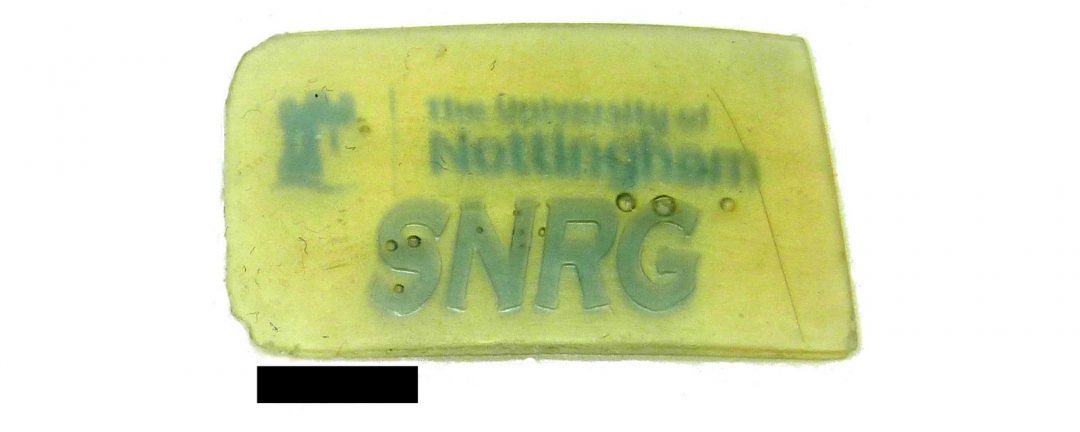

New findings have the potential to vastly increase the functional capabilities of 3D-printed devices for industries such as electronics, healthcare and quantum computing.
![Pressure-Resistant Materials for Deep Sea Applications [Video]](https://www.advancedsciencenews.com/wp-content/uploads/2018/07/adma201801313_ASN_image_smaller.jpg)
Prof. Zheshuai Lin and co-workers report zero linear compressibility (ZLC) in nondense borates under high hydrostatic pressure.
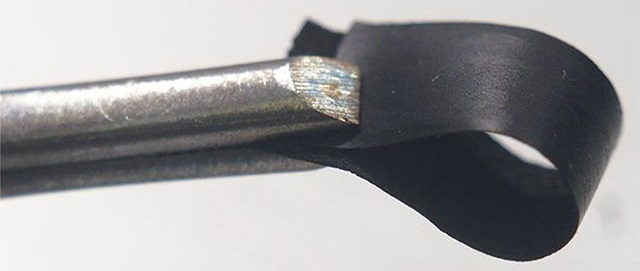
Researchers discover that cresols disperse carbon nanotubes at unprecedentedly high concentrations.
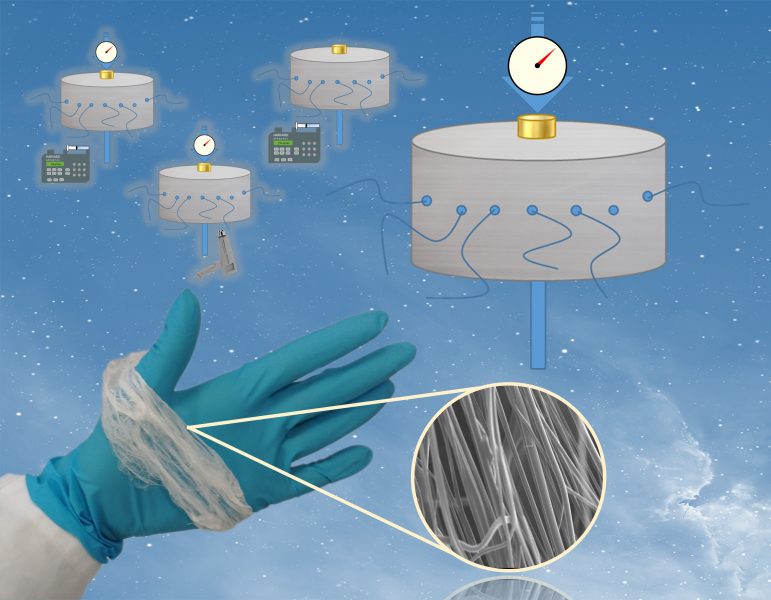
Pressurized gyration is a simple and scalable fiber forming method, find out more about its maturation 5 years after its conception.

Combining the state-of-the-art in photonic crystals, shape memory polymers, and electroactive polymers in a single nanocomposite makes for a zero-energy rewritable paper suitable for long term data storage.
![Slowing the Degradation Process of Black Phosphorus [Video]](https://www.advancedsciencenews.com/wp-content/uploads/2018/07/adma201704749_ASN_image_small.jpg)
The progress made towards stabilizing black phosphorus (BP) for long-term use in electronic devices is reviewed.

A new take on light driven chemical reactions.
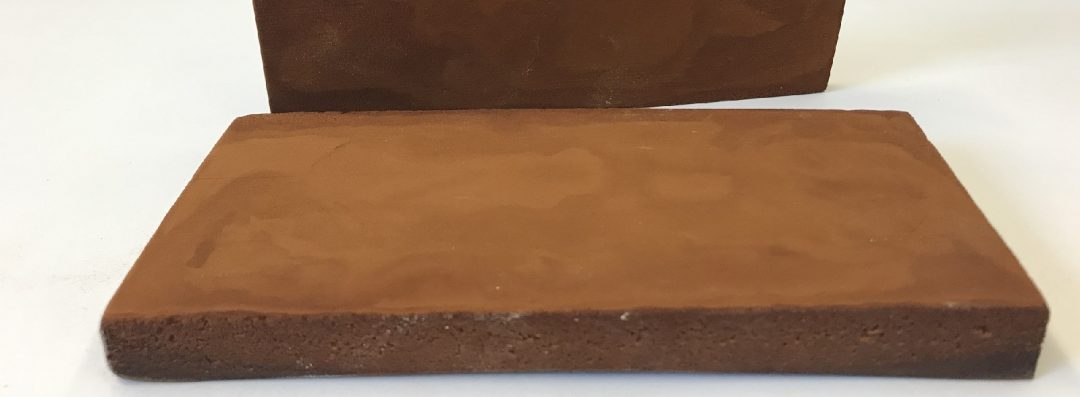
Researchers successfully produced lignin-based aerogels for insulation panels.

Taking advantage of the controllable liquid transfer usinga Chinese brush, highly oriented Ag nanowires were achieved on certain substrates.
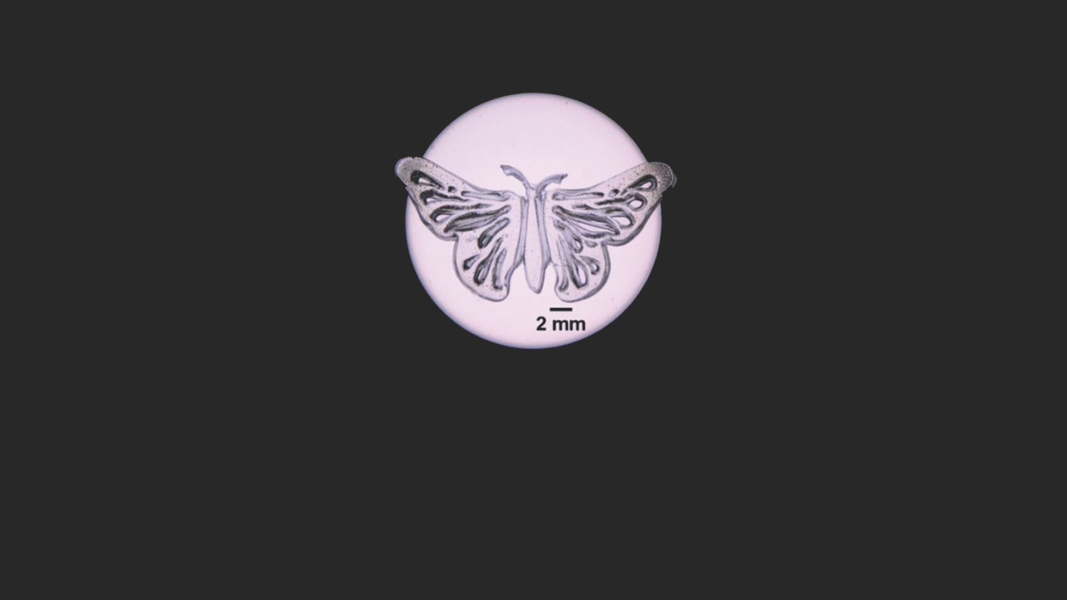
Rapid printing of 3D objects is achieved using a new approach: Solution Mask Liquid Lithography (SMaLL).